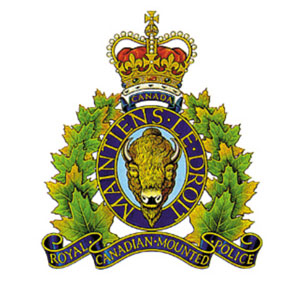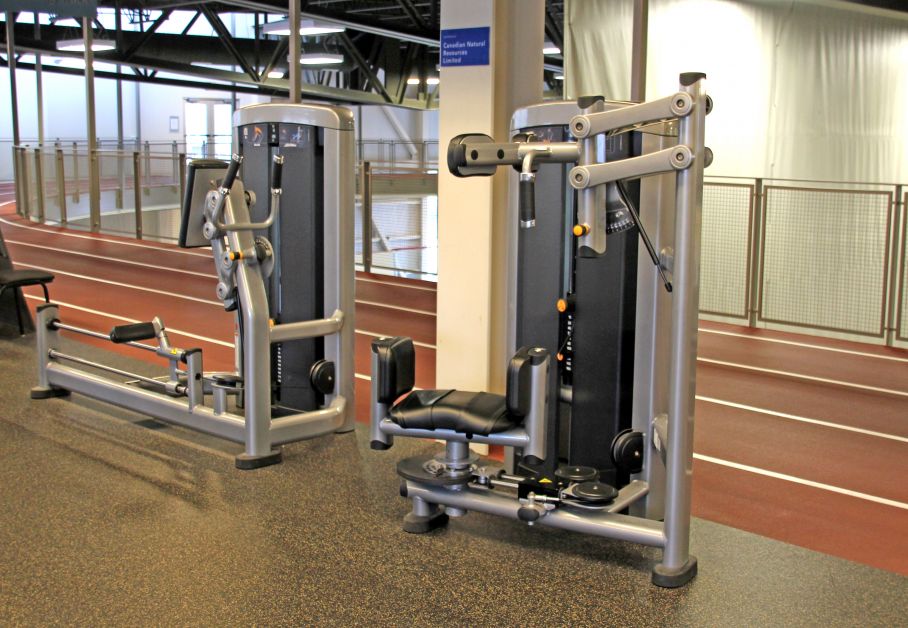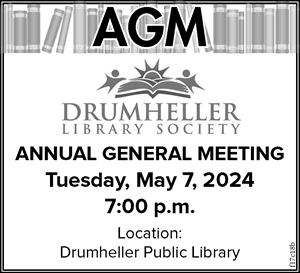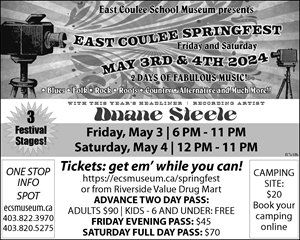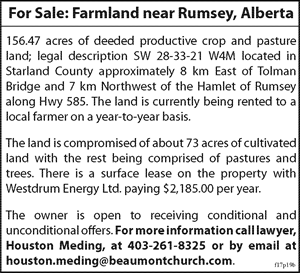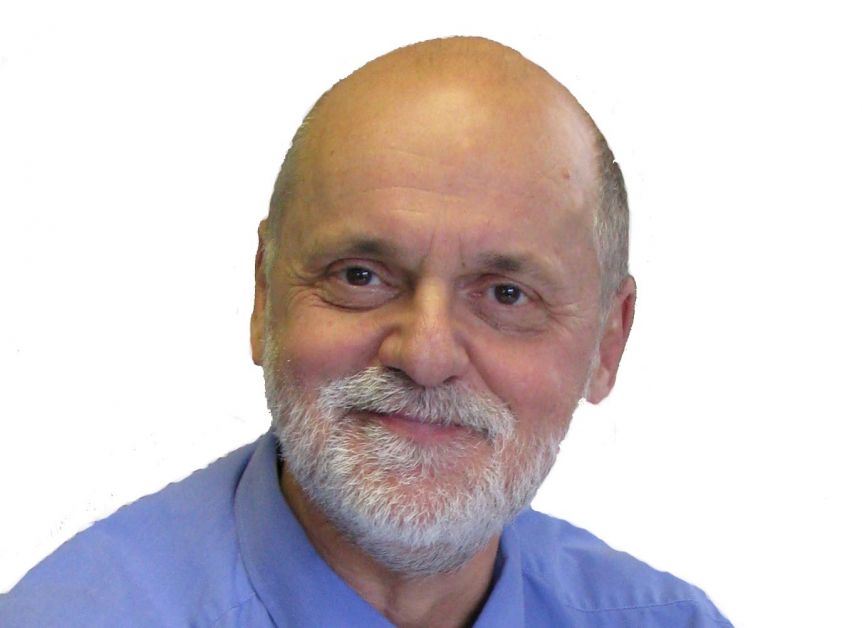
The province may look different when the next provincial election comes around as the new Electoral Boundaries Commission sets to work to find a balance.
A new Electoral Boundaries Commission is struck after every second provincial general election, between 8 and 10 years from the appointment of the last commission. This year the commission is made up of five members, chaired by Justice Myra Bielby along with Bruce McLeod, Mayor of Acme, and Jean Munn, as recommend by Premier Rachel Notley, and Laurie Livingstone and Gwen Day, as recommended by Leader of the Opposition Brian Jean.
“This needs to be done, the population of Alberta has increased almost 20 per cent since the last time it was done,” said McLeod. “We have to look at everything.”
The Commission will begin its work this month. The Electoral Boundaries Commission considers population relative to density, existing municipal and natural boundaries and effective representation. It is also holding public hearings to garner input from residents.
McLeod said the first step is to look at the numbers. As a guide under the legislation, “The population of a proposed electoral division must not be more than 25% above nor more than 25% below the average population of all the proposed electoral divisions.”
There are some exceptions for sparsely populated areas, distance from the legislature, the absence of a town with a population greater than 8,000 within the riding and first nations communities or Métis settlements.
“We have to look at it all. The first snapshot is always the numbers and then you start looking at the community of interest. We have to look at it all before you make recommendations,” he said. “That’s why when we do the road trip (the public meetings), we get public input from those meetings, that’s when we these other issue come unit consideration.”
While many rural ridings may have smaller populations, the MLA is often charged with representing vast areas geographically. While in urban areas, the riding may be small, the population may be much greater.
“Most of the big growth we see is in the City of Calgary and the City of Edmonton, and of course the big what if, is Fort McMurray. How many people have returned? That is the other side of the story we have to look at because not only do we have to take a snapshot of today, we have to think about five years after the election.”
“I am a rural guy and I know that Olds-Didsbury-Three Hills is a very big constituency and it’s hard to represent everybody, but then I know MLAs in Calgary for example, and they have six community associations within their riding. Sure it only takes 20 minutes to get to the community association but now they are representing 65,000 people for example.”
One aspect that he says is challenging is that their recommendations have to be done within the confines of the 87 ridings.
“The difficult part of it is that within the legislation we are not able to add another constituency. That would have to be done by the government themselves. We can make recommendations to look at this but they don’t have to take that.”
The task is large with very tight timelines.
“We have to have our first report into the government in the spring, and then our final one in by October 1,” he said.
In Drumheller-Stettler, the 2011 census showed a population of 36,840, and is estimated to be 37,852 in 2016. The average population for each constituency is recommended to be about 49,000.
